Home>Interior Design>How To Hang Curtains Over Blinds And Shades
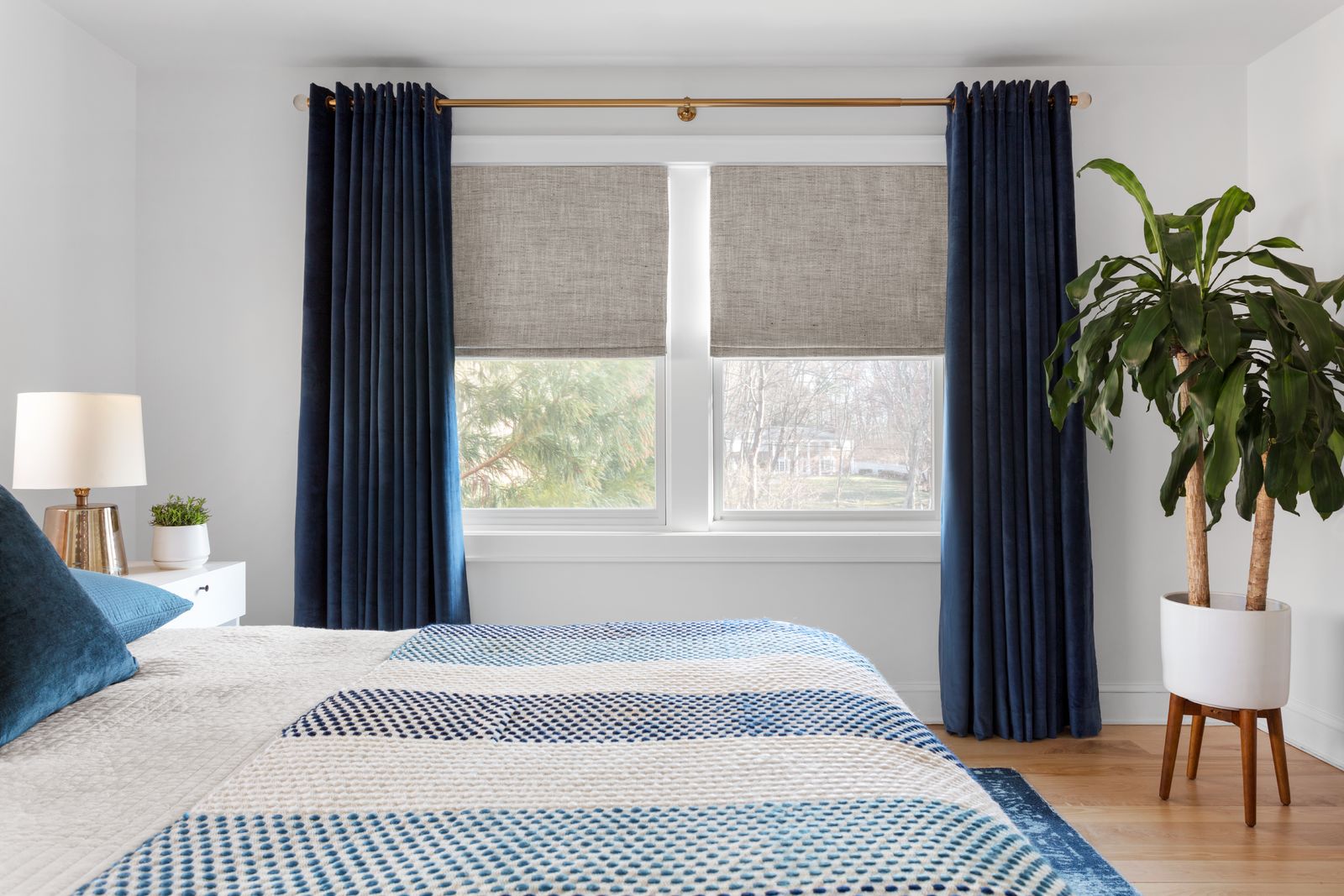

Interior Design
How To Hang Curtains Over Blinds And Shades
Modified: October 20, 2024
Learn how to expertly hang curtains over blinds and shades for a stylish and functional interior design. Elevate your window treatments with our step-by-step guide.
(Many of the links in this article redirect to a specific reviewed product. Your purchase of these products through affiliate links helps to generate commission for Storables.com, at no extra cost. Learn more)
Introduction
When it comes to window treatments, curtains and blinds or shades are two popular options. While blinds and shades offer functionality and privacy, curtains add a touch of style and softness to a room. But what if you want to have the best of both worlds? Can you hang curtains over blinds or shades? The answer is yes!
In this article, we will guide you through the process of hanging curtains over blinds or shades. Whether you want to add some color, texture, or pattern to your windows, or simply enhance the overall look of your room, this step-by-step guide will help you achieve the desired outcome. So, let’s get started!
Before we embark on the curtain installation journey, it’s important to assess the compatibility of curtains with your existing blinds or shades. The size and type of your window treatments can influence the method and feasibility of hanging curtains over them. Additionally, you’ll need to gather a few tools and materials to ensure a smooth installation process.
Once you’re ready with the necessary supplies, the next step involves preparing your blinds or shades for the curtain installation. This may include adjusting the height of your blinds or shades, removing any dust or debris, and ensuring they are in good working condition.
Now it’s time to install the curtain rods or tracks. The choice between rods and tracks depends on your personal preference and the style of your curtains. We will walk you through the installation process, including measuring, marking, and securing the rods or tracks in place.
With the curtain rods or tracks in place, it’s time to hang your curtains over the blinds or shades. This step involves selecting the right type of curtains, measuring the length and width, and suspending them from the rods or tracks. We’ll provide tips on adjusting the curtains to achieve the desired appearance.
After you’ve successfully hung the curtains, the final step is to adjust and secure them. This may include arranging the curtain folds, ensuring an even distribution of fabric, and using curtain hooks or rings to keep them in place.
By following this comprehensive guide, you’ll be able to hang curtains over blinds or shades and transform the look of your windows and room. So, let’s dive into the step-by-step process and bring a new level of style and comfort to your living space.
Key Takeaways:
- Elevate your windows with a harmonious blend of curtains and blinds/shades. Assess compatibility, gather tools, prepare blinds, install rods/tracks, hang curtains, and secure for a polished, personalized window treatment.
- Achieve a visually pleasing and functional window treatment by following a comprehensive guide. Embrace creativity, experiment with fabric textures, colors, and styles to transform your living space with curtains over blinds or shades.
Read more: How Do I Hang Curtains Over Vertical Blinds
Step 1: Assessing the compatibility of curtains and blinds/shades
Before you begin the process of hanging curtains over blinds or shades, it’s important to assess the compatibility of these window treatments. Here are a few factors to consider:
- Size: Take a closer look at the size of your blinds or shades. Depending on the space available, you may need to choose curtains that are shorter in length or have a narrower width to ensure they can fit seamlessly over the blinds or shades.
- Type: The type of your blinds or shades can also influence the curtain compatibility. For instance, if you have venetian blinds with wide slats, you may need to consider curtains with ring clips or grommets to allow for easy movement and clearance.
- Mounting: Consider the mounting options for your blinds or shades. If they are installed inside the window frame, you may need to choose curtains with a narrow width to avoid interference. If your blinds or shades are mounted outside the frame, you’ll have more flexibility in choosing the curtain size.
- Functionality: Think about the primary function of your blinds or shades. If they are frequently opened and closed, choose curtains that won’t obstruct their movement or get tangled. Opt for curtain styles that can be easily manipulated, such as lightweight fabrics or curtains with tiebacks.
Keep in mind that the compatibility between curtains and blinds or shades is not only about physical dimensions but also aesthetic harmony. Consider the overall style and theme of your room and choose curtains that complement the existing window treatments and the decor. For example, if you have sleek, modern blinds, you may want to opt for minimalist curtains in solid colors or subtle patterns.
Moreover, consider the light control and privacy requirements of your space. If your blinds or shades provide enough privacy and light control during the day, you may choose sheer curtains or lightweight fabrics to preserve the functionality of the blinds or shades while still adding a decorative touch.
By carefully assessing the compatibility of curtains and blinds or shades, you can ensure a harmonious combination that enhances the functionality, style, and ambiance of your room. So, take the time to measure, consider the type and function of your existing window treatments, and select curtains that are both visually appealing and practical.
Step 2: Gathering the necessary tools and materials
Before you begin the installation of curtains over blinds or shades, it’s essential to gather all the necessary tools and materials to ensure a smooth and successful process. Here’s a list of items you’ll need:
- Measuring Tape: Accurate measurements are crucial when it comes to determining the appropriate curtain size and length. A measuring tape will help you measure the width and height of your windows, as well as the distance between the blinds or shades and the ceiling.
- Drill or Screwdriver: Depending on the type of curtain rods or tracks you choose, a drill or screwdriver will be needed to secure them to the wall or window frame. Make sure you have the appropriate size and type of drill bits or screwdriver attachments for your specific task.
- Curtain Rods or Tracks: Selecting the right curtain rods or tracks is essential for proper curtain installation. Make sure you choose rods or tracks that are sturdy and can support the weight of your curtains. Consider the style and finish that will complement your room’s decor.
- Curtains: Choose curtains that not only match your design aesthetic but are also compatible with your blinds or shades. Consider the length, width, and type of curtain (such as panels, valances, or drapes) that will work best for your windows. It’s always a good idea to purchase curtains that are slightly longer and wider than the window to have enough fabric for a full and luxurious look.
- Mounting Hardware: Depending on the type of curtain rods or tracks you choose, you may need additional mounting hardware such as brackets, supports, or anchors. Make sure you have all the necessary hardware to securely install the rods or tracks.
- Screws and Wall Anchors: If you’re installing curtain rods or tracks directly into the wall, make sure you have the appropriate screws and wall anchors to provide stability and support.
- Pencil or Marker: A pencil or marker will come in handy for marking the positions of the holes where the curtain rods or tracks will be installed.
- Level: To ensure that your curtain rods or tracks are straight and properly aligned, use a level to check for accuracy.
By gathering these tools and materials beforehand, you’ll be well-prepared for the installation process. This will not only save you time and frustration but also help you achieve a professional and polished end result. Now that you have everything you need, it’s time to move on to the next step: preparing the blinds or shades for curtain installation.
Step 3: Preparing the blinds/shades for curtain installation
Before you hang curtains over your blinds or shades, it’s important to prepare them for the installation process. This step involves ensuring that your blinds or shades are in good condition, adjusting their height if necessary, and removing any dust or debris. Here’s how to prepare your blinds or shades for curtain installation:
- Inspect the blinds or shades: Take a close look at your blinds or shades to make sure they are in good working condition. Check for any broken slats, malfunctioning mechanisms, or loose cords. If you notice any issues, repair or replace the blinds or shades before proceeding. It’s important to have a solid foundation for hanging curtains.
- Adjust the height: Depending on the length of your curtains and the desired aesthetic, you may need to adjust the height of your blinds or shades. Most blinds or shades can be adjusted by pulling on the lift cords or using a cordless mechanism. Follow the manufacturer’s instructions to raise or lower the blinds or shades to your desired height.
- Remove dust and debris: Use a duster or a vacuum cleaner with a brush attachment to remove any dust or debris from your blinds or shades. Pay attention to hard-to-reach areas and the slats or fabric folds. Removing dust buildup will not only make your blinds or shades look cleaner but will also ensure that your curtains stay clean and free from dust particles.
- Consider cleaning: If your blinds or shades are significantly dirty, consider giving them a thorough cleaning. The cleaning method will depend on the material of your blinds or shades (e.g., wood, fabric, vinyl). Refer to the manufacturer’s instructions or seek professional advice to ensure you clean them properly without causing any damage.
By preparing your blinds or shades before installing curtains, you’ll not only create a clean and visually appealing backdrop for your curtains but also ensure that they function properly. This step sets the stage for a seamless integration of curtains and window treatments. Now that your blinds or shades are ready, it’s time to move on to the next step: installing curtain rods or tracks.
When hanging curtains over blinds or shades, use a double curtain rod to allow the curtains to hang separately from the window treatments. This will provide flexibility in adjusting light and privacy.
Step 4: Installing curtain rods or tracks
Installing curtain rods or tracks is a crucial step in hanging curtains over your blinds or shades. The method you choose will depend on your personal preference and the style of your curtains. Here’s a step-by-step guide to help you install curtain rods or tracks:
- Measure and mark: Use a measuring tape to determine the desired height and width for your curtain rods or tracks. Mark these measurements with a pencil or marker on the wall or window frame. Make sure the marks are aligned and level with each other.
- Mounting options: Consider the available mounting options based on your window frame and preference. For a wall-mounted installation, use a drill or screwdriver to install wall anchors or brackets at the marked positions. For a ceiling-mounted installation, skip this step and proceed to the next.
- Install brackets or supports: If you’re using brackets or supports, attach them to the wall or ceiling at the marked positions. Make sure they are securely fastened, as they will hold the weight of the curtain rods or tracks and curtains. Use a level to ensure they are straight.
- Attach rods or tracks: Once the brackets or supports are in place, it’s time to attach the curtain rods or tracks. Insert the rods into the brackets or attach the tracks to the supports, following the manufacturer’s instructions. Ensure that they are properly secured and level.
- Verify stability: Give the curtain rods or tracks a gentle shake to check their stability. They should be securely installed and able to support the weight of the curtains without any wobbling or movement. If necessary, tighten the screws or make any adjustments to achieve the desired stability.
It’s important to choose curtain rods or tracks that are strong enough to hold the weight of your curtains. If you have heavy curtains, consider using thicker rods or tracks, or opt for a ceiling-mounted installation for added support.
Additionally, consider the style and finish of your curtain rods or tracks to ensure they complement your room’s decor and aesthetic. You can choose from a variety of materials such as metal, wood, or plastic, as well as different finishes such as satin, bronze, or nickel.
By following these steps and properly installing the curtain rods or tracks, you’ll lay the foundation for securely hanging your curtains over the blinds or shades. With the rods or tracks in place, you’re now ready to move on to the next step: hanging your curtains.
Read more: How To Install Curtains Over Blinds
Step 5: Hanging curtains over blinds or shades
Now that you have installed the curtain rods or tracks, it’s time to hang your curtains over the blinds or shades. Follow these steps to ensure a seamless and visually pleasing installation:
- Select the right curtains: Choose curtains that complement your room’s decor and style. Consider the length, width, and type of curtains that will work best for your windows. Measure the height from the curtain rod or track to the floor to determine the appropriate length for your curtains.
- Prepare the curtains: If your curtains have wrinkles or fold lines, you may want to iron or steam them before hanging. This will ensure a clean and smooth appearance once they are in place.
- Measure and mark: Use the measuring tape to ensure that your curtains are hung evenly on both sides. Measure and make light markings with a pencil or marker to indicate where the curtain hooks or rings will be attached.
- Add curtain hooks or rings: Depending on the type of curtain rods or tracks you have, you may need to attach curtain hooks or rings. Slide the hooks or rings onto the curtain rod or track, spacing them evenly according to your markings.
- Hang the curtains: With the curtain hooks or rings in place, it’s time to hang the curtains over the blinds or shades. Starting at one end, gently slide each curtain hook or ring onto the rod or track, ensuring that the fabric is evenly distributed.
As you hang each curtain, step back to check for smooth and even placement. Adjust the curtains as necessary to ensure they are hung straight and at the desired length. You may need to have someone help you with this step, especially if you have long or heavy curtains.
If you are using curtain panels with a rod pocket, simply slide the rod through the pocket and position it on the installed curtain rod or track. Smooth out any wrinkles or unevenness in the fabric to achieve a polished look.
Remember to consider the functionality of your blinds or shades when hanging the curtains. If your blinds or shades need to be opened and closed regularly, ensure that the curtains do not obstruct their movement. You may need to adjust the position or style of the curtains to allow for easy operation.
By following these steps, you will successfully hang your curtains over the blinds or shades, creating a beautiful and layered window treatment. Now that your curtains are in place, it’s time to move on to the final step: adjusting and securing the curtains.
Step 6: Adjusting and securing the curtains
Once you have hung your curtains over the blinds or shades, the final step is to adjust and secure them to achieve the desired appearance. This step ensures that the curtains are properly arranged and secured for a finished and polished look. Here’s what you need to do:
- Adjust the curtain folds: Take a step back and assess the arrangement of the curtain folds. If necessary, gently adjust the folds to ensure they are evenly distributed and hang smoothly. Creating uniform folds will add a sense of symmetry and elegance to your window treatment.
- Ensure even distribution: Check that the curtain fabric is evenly distributed across the length of the rod or track. This will prevent one side of the curtains from appearing heavier or more gathered than the other. Make any necessary adjustments to achieve a balanced and visually pleasing look.
- Use curtain hooks or rings: If your curtains are attached to rings or hooks, make sure they are securely in place. Double-check that each hook or ring is securely attached to the curtains and evenly spaced across the rod or track.
- Consider tiebacks or holdbacks: If you want to allow more light into the room or enhance the aesthetics of the curtains, consider using tiebacks or holdbacks. These can be decorative fabric ties or metal holdbacks that hold the curtains to the sides, allowing for a partially or fully open look.
- Secure the curtains: Depending on your preference and the style of your curtains, you may need to secure them in place to prevent movement or sagging. This can be done using curtain hooks, rings with clips, or small curtain pins. Ensure that the curtains are taut and properly secured to maintain their appearance.
Take the time to step back and assess the overall appearance of the curtains once you have adjusted and secured them. Ensure that they hang straight, the folds are even, and the length is consistent. If needed, make any final adjustments to achieve the desired look.
Remember, the goal is to create a cohesive and visually appealing window treatment by combining the functionality of blinds or shades with the decorative touch of curtains. The curtains should complement and enhance the existing window treatments, adding texture, color, and style to your space.
By following these final steps and taking the time to adjust and secure your curtains properly, you will achieve a beautifully finished window treatment that adds personality and charm to your room.
With the curtains in place and secured, you have now completed the process of hanging curtains over blinds or shades. Take a step back, admire your work, and enjoy the enhanced beauty and functionality of your windows and living space.
Conclusion
Hanging curtains over blinds or shades is a fantastic way to elevate the style and functionality of your windows. By following the steps outlined in this comprehensive guide, you can achieve a cohesive and visually appealing window treatment that adds depth, texture, and personality to your room.
We started by assessing the compatibility of curtains with your existing blinds or shades, considering factors such as size, type, and functionality. Then, we gathered the necessary tools and materials to ensure a smooth installation process. Preparing the blinds or shades involved inspecting their condition, adjusting their height, and cleaning them to provide a clean and stable foundation for the curtains.
Installing the curtain rods or tracks was the next step, where we took precise measurements, mounted brackets or supports, and attached the rods or tracks securely. With the infrastructure in place, we proceeded to hang the curtains by selecting the appropriate curtain type and size, preparing them for installation, and sliding them onto the curtain rods or tracks.
Lastly, we focused on adjusting and securing the curtains for a polished and finished look. This involved adjusting the folds, ensuring even distribution, using curtain hooks or rings, and considering tiebacks or holdbacks. By taking these steps, we achieved a visually pleasing and functional window treatment.
Remember, while the information above provides a comprehensive guide, don’t be afraid to infuse your own creativity and style. Play with different fabric textures and colors to add a personal touch to your curtains, and experiment with various curtain styles and patterns to achieve the desired look for your space.
Now that you have completed the installation process, step back and appreciate the transformation of your windows. Your new curtains over the blinds or shades not only add a sense of style and beauty but also provide you with the versatility of light control and privacy.
Enjoy the enhanced atmosphere and aesthetics of your room, all thanks to the careful and thoughtful installation of curtains over blinds or shades. Whether you’re looking to create a cozy and inviting space or add a touch of elegance and sophistication, this combination of window treatments gives you the best of both worlds.
So, go ahead and embrace the possibilities of hanging curtains over blinds or shades. Let your creativity and style shine as you create a window treatment that brings beauty, functionality, and personality to your living space.
Frequently Asked Questions about How To Hang Curtains Over Blinds And Shades
Was this page helpful?
At Storables.com, we guarantee accurate and reliable information. Our content, validated by Expert Board Contributors, is crafted following stringent Editorial Policies. We're committed to providing you with well-researched, expert-backed insights for all your informational needs.
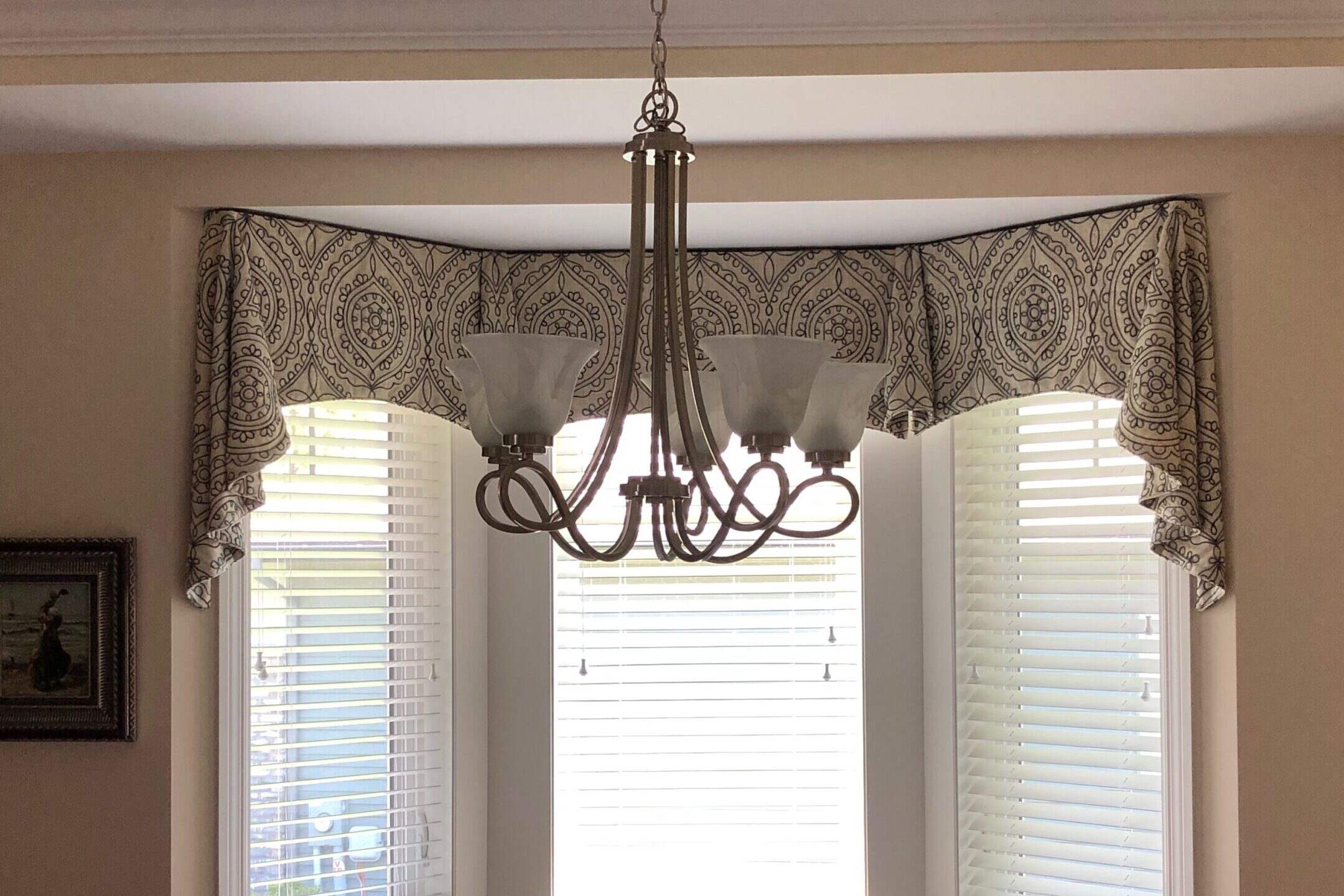
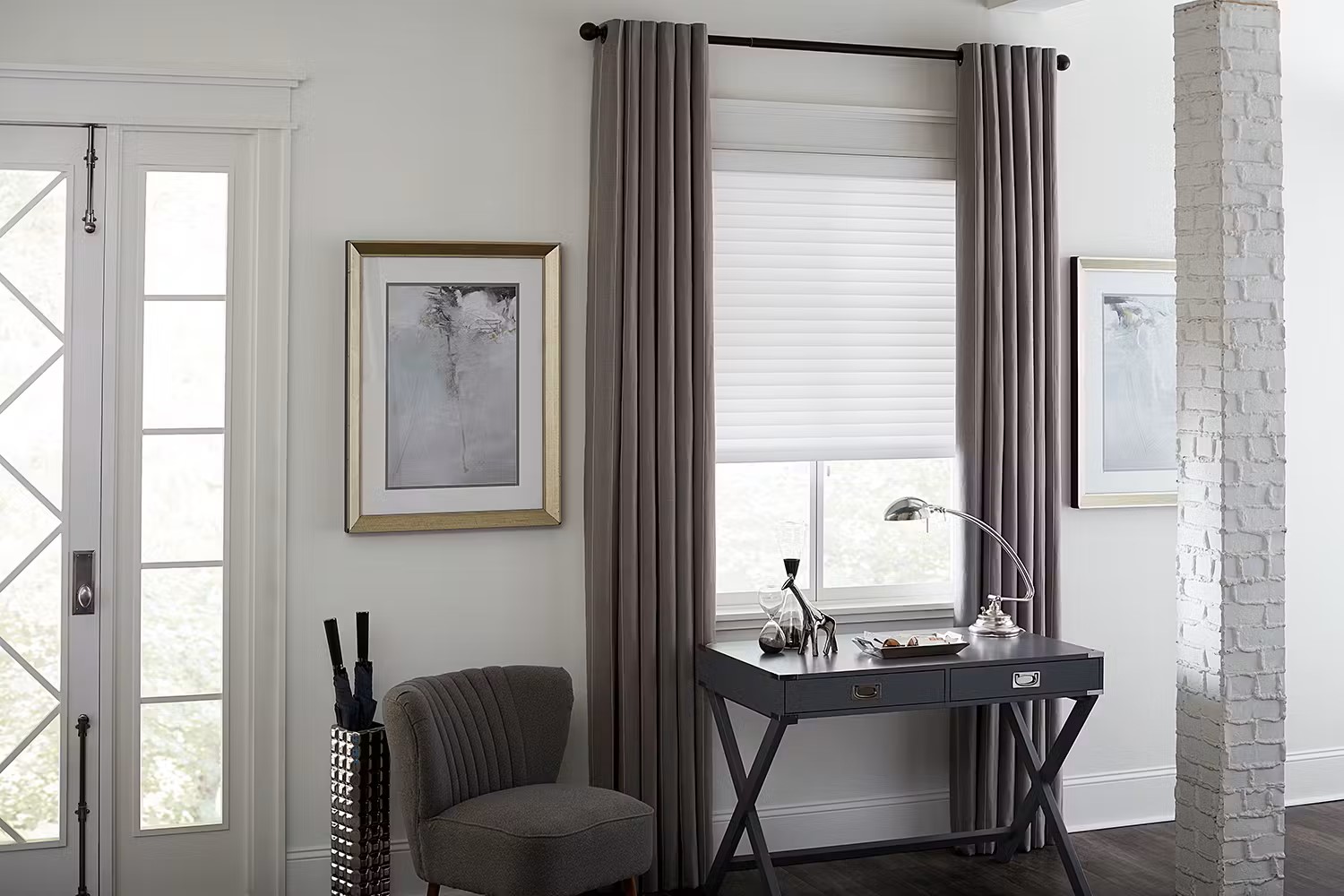


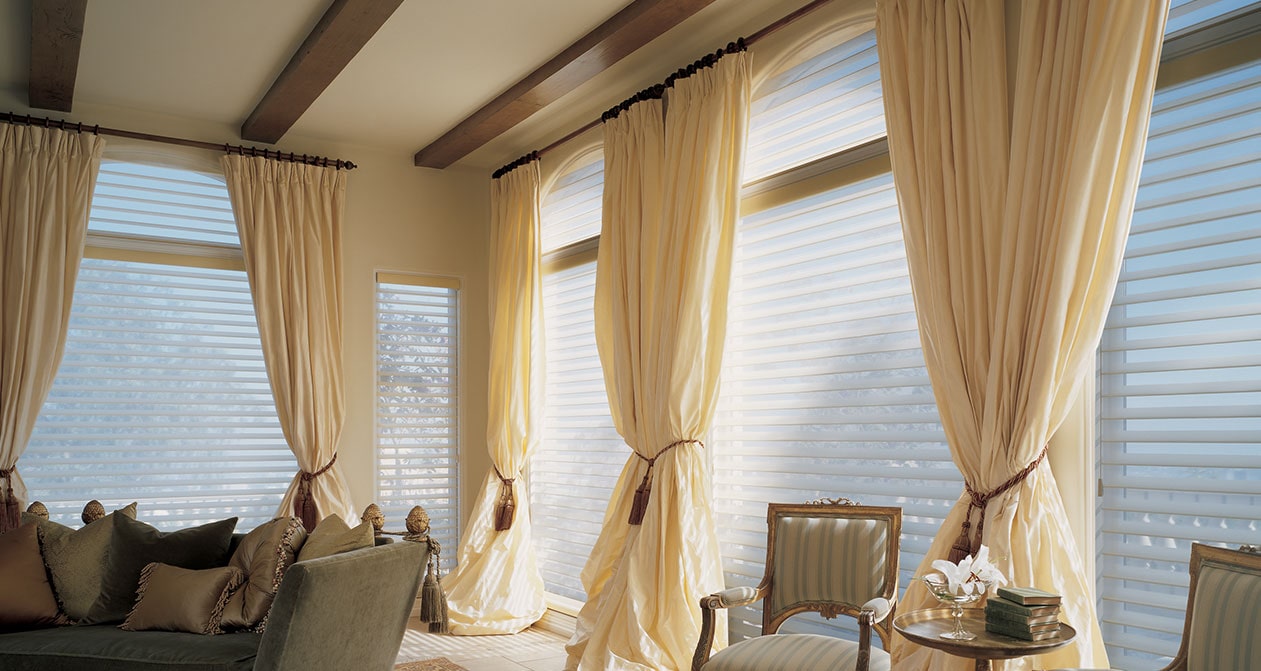
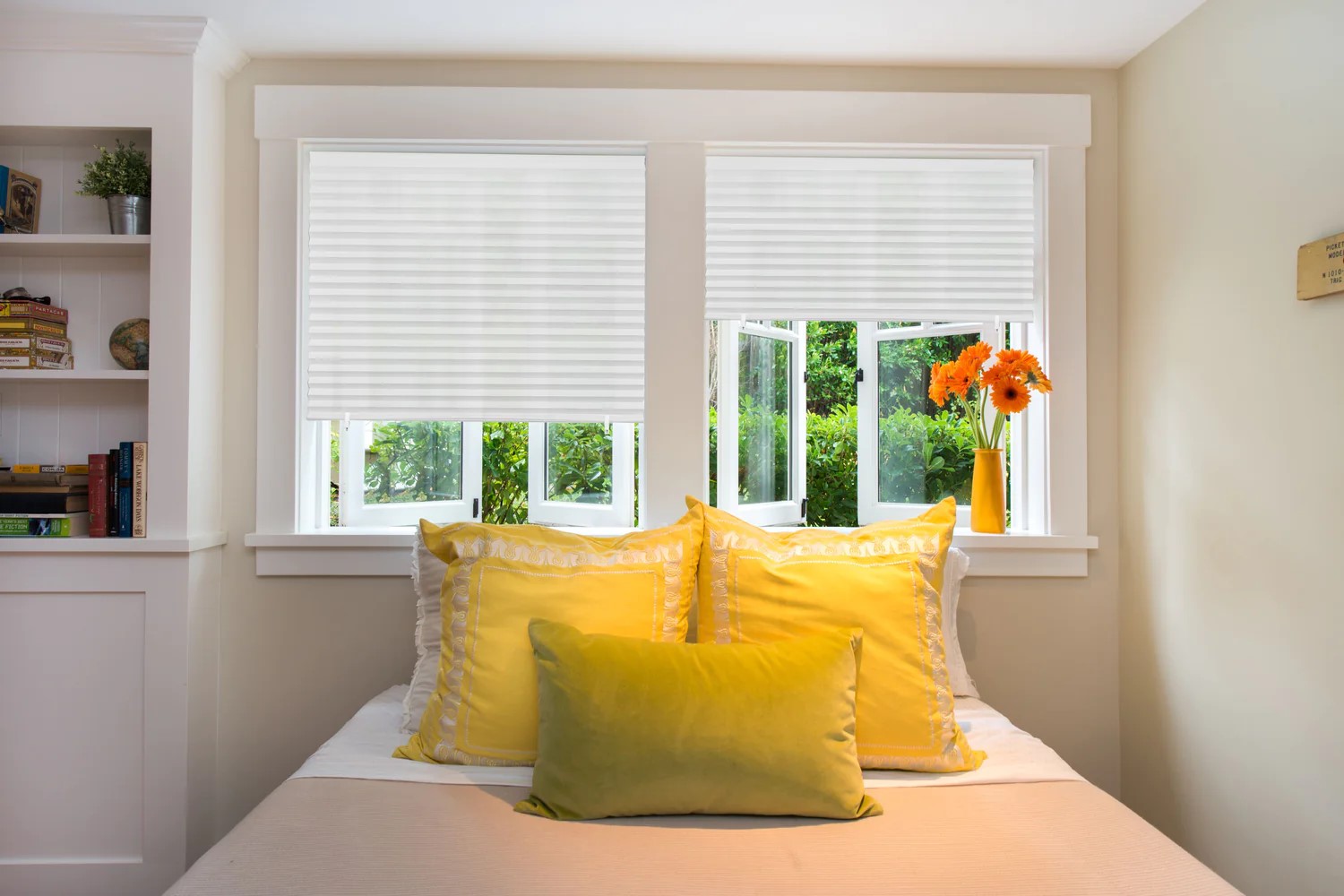

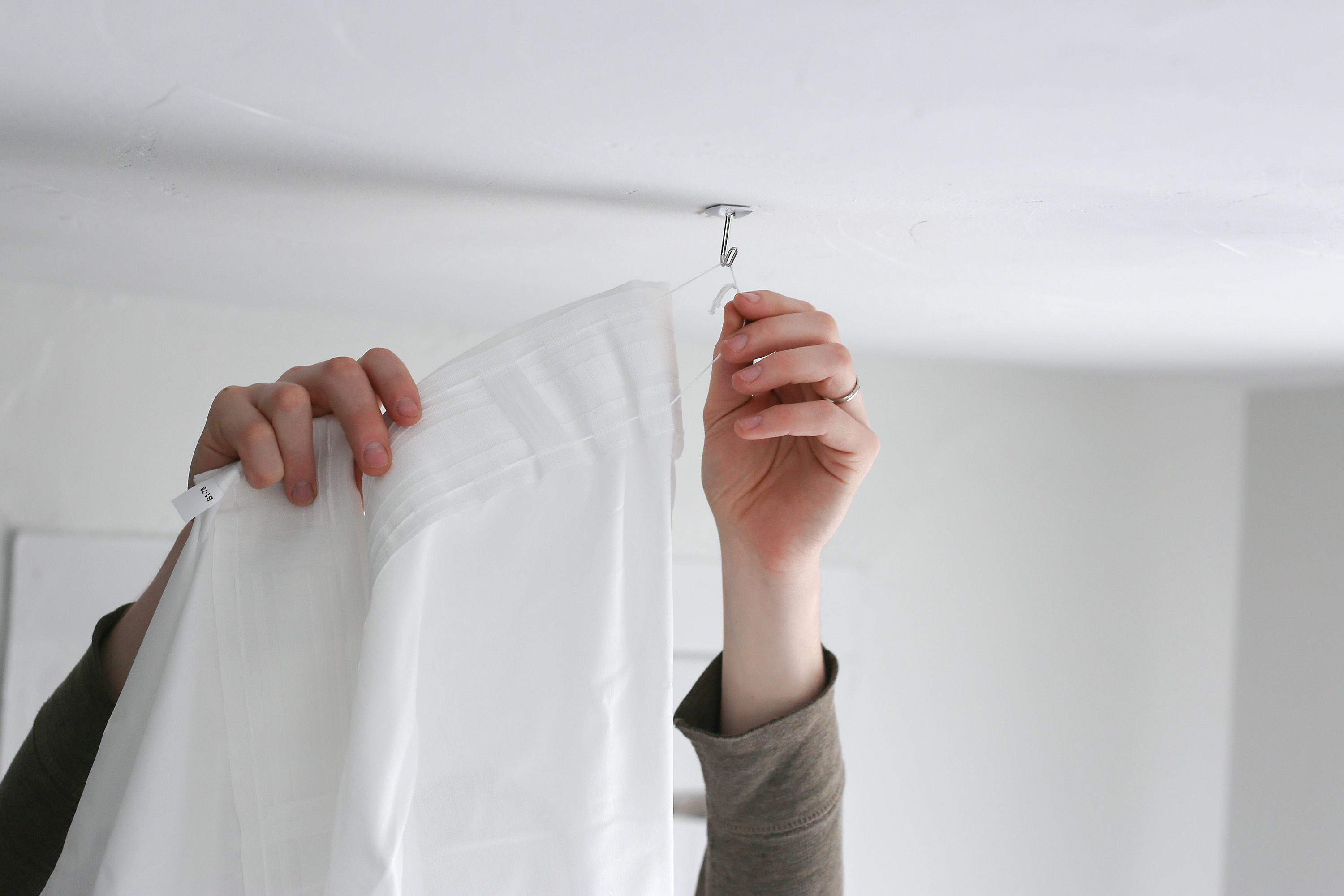


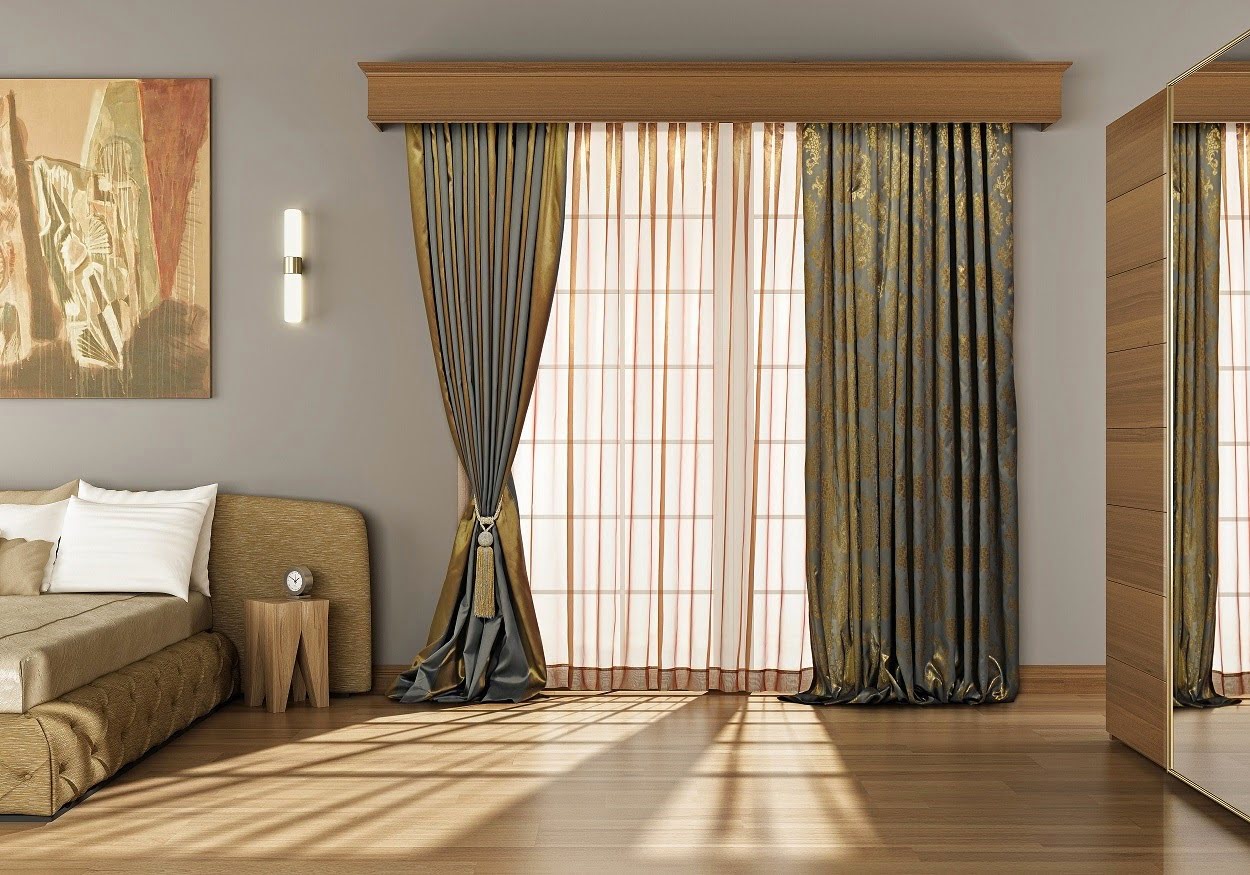
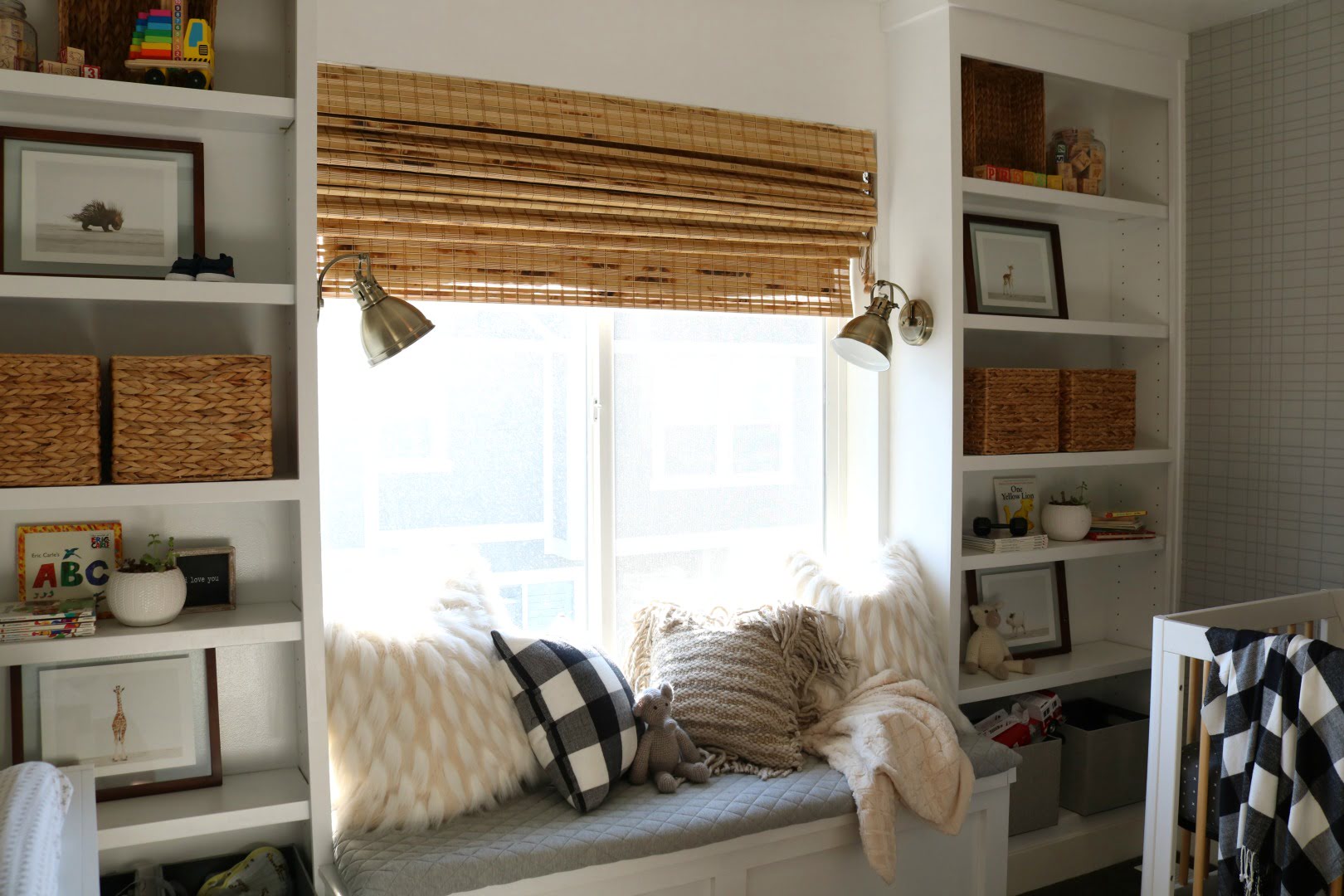
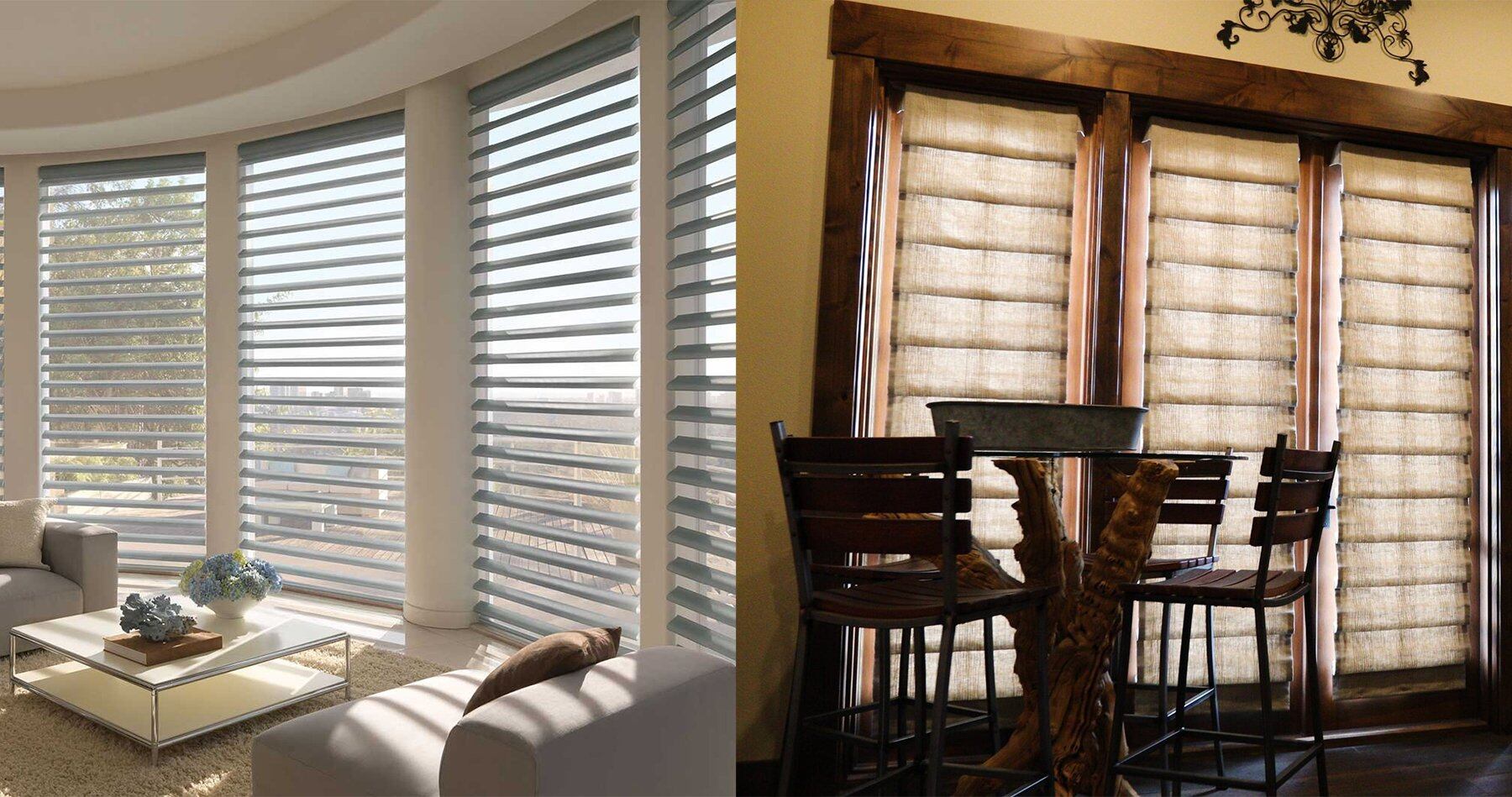
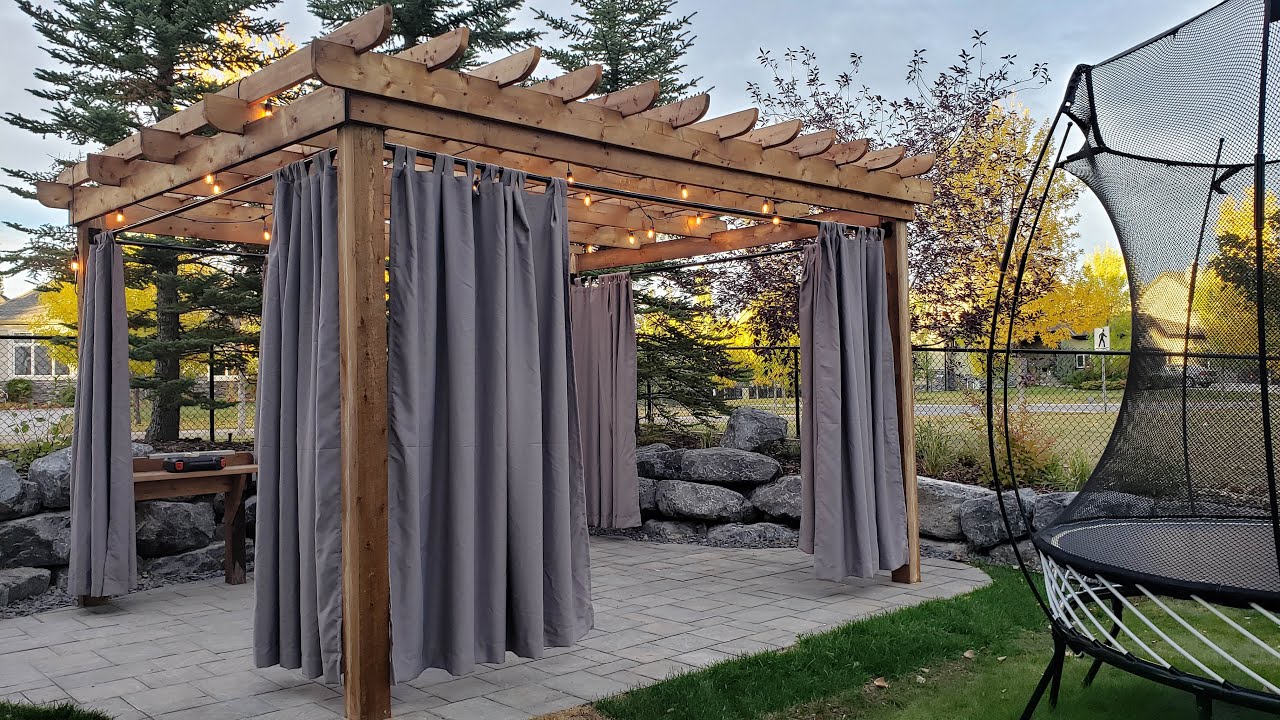

0 thoughts on “How To Hang Curtains Over Blinds And Shades”